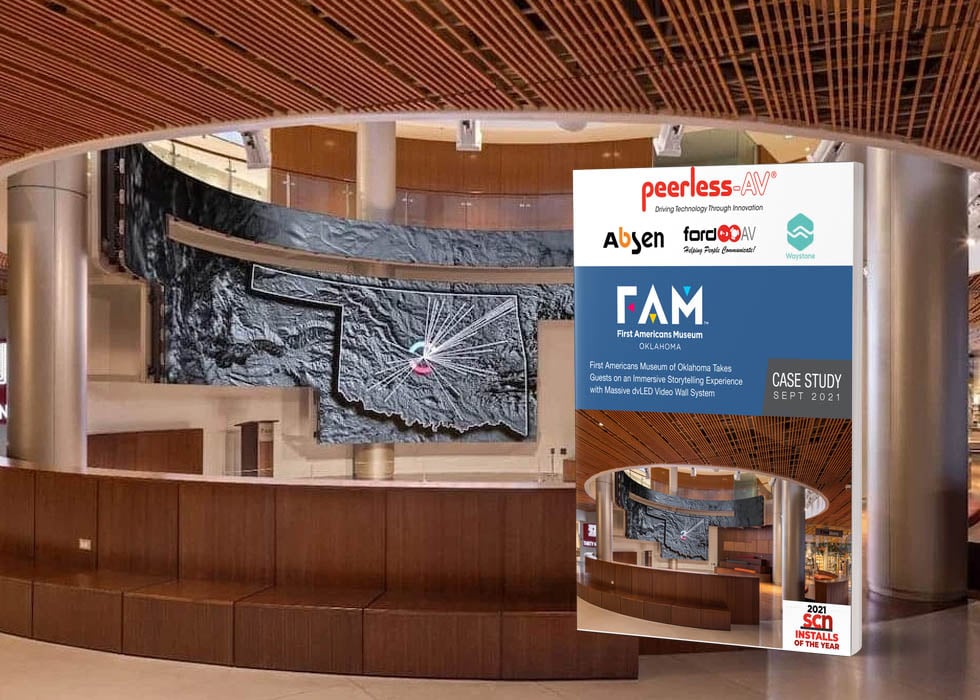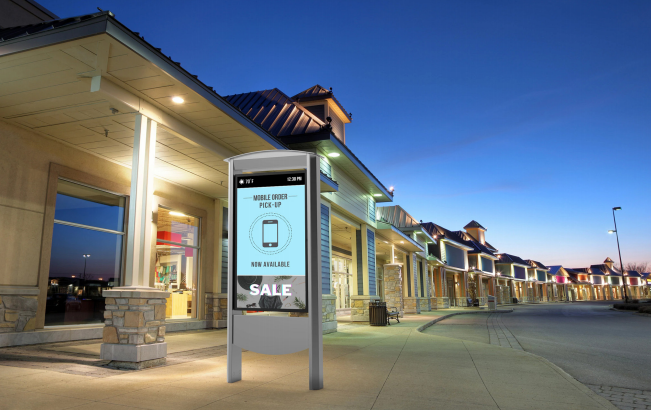Creating Digital Signage Experiences with Engaging Content Concepts
AVIXA has partnered with Invidis Consulting to develop a track of digital signage education sessions at InfoComm 2019. Below, Florian Rotberg, Managing Director at Invidis Consulting, provides a preview of the some the areas that will be covered in the new seminars.
 “Content is king” has been the dogma since the inception of digital signage. Today, that is still valid even if it should to be altered to the triumvirate: concept, context and content. The challenge lies in the DNA of digital signage
– merging technology (AV and IT) and marketing (content). A combination of two very different skill sets.
“Content is king” has been the dogma since the inception of digital signage. Today, that is still valid even if it should to be altered to the triumvirate: concept, context and content. The challenge lies in the DNA of digital signage
– merging technology (AV and IT) and marketing (content). A combination of two very different skill sets.
Digital Signage content is very different to online content or even social media, although often both types of content are often “misused” for digital signage purposes. The main reason content needs to be adapted for public screens is the different reception situation. While a consumer using a smartphone or tablet fully focus on the screen, shoppers or passengers passing by a public screen take only notice of the screen in context with the surrounding.
Opportunity to See (OTS) or the attention span is usually only a few seconds, depending on the location of the screen. While dwell time queueing in-front of a retail check-out, at an airline check-in or inside a quick service restaurant (QSR) can add up to a few minutes, the average OTS is just a few seconds. Content needs to be adapted to this situation, especially the key message and a call to action needs always to be visible.
While TV commercials usually have 20 to 30 seconds to build up excitement and tell a story, digital signage content needs to come to the point immediately. Which can be a challenge for more artistic, emotional content but is not an issue for real-time data driven concepts. Most content pieces for digital signage are not solely created for public screens but are a mix of existing media assets (lead campaigns, social media) and data driven template-based information.
Digital signage uses templates to dynamically display relevant data-driven information and existing media assets in a scheduled order. In stark contrast to video art or videos in general which are the opposite of dynamic.
In general, the effort of content creation is mostly underrated. Budgets are chronically too low as awareness is missing especially in tech driven projects. For purely data driven concepts like flight information displays (FIDS) or to a lesser extent menu boards, content production is neglectable. But for the majority, it’s a major topic.
What are the success factors for experience driven content? The content must be: engaging, unique, personalized, surprising, and repeatable.
Engaging
The most obvious success factor is “Engaging” – if it doesn’t attract the targeted audience attention at first sight, the opportunity has passed. Key messages in readable font and size, impactful visuals, attention grapping motions, as well as a “call to action,” are mandatory.
Unique
“Unique” stock photos don’t do the trick – understanding the mindset of the audience and the surrounding context of the screens helps to determine, which message is relevant.
Personalized
“Personalized” in digital signage doesn’t mean the same as in mobile or online. The content needs to be relevant to the audience at that moment and place. Ideally even sensor triggered. Outdated information, promotion of products currently out-of-stock in this store or passed events are not acceptable in digital signage. Consumers expect from any digital touchpoint regardless if its Google maps or a news website, always up-to-date information. The acceptance for outdated information has decreased noticeable in the past years.
Surprising
“Surprising” the audience is one of the most obvious benefits of digital vs. static. The dynamic order of content pieces, dayparting and digital storytelling with creative moments are some of the typical content forms used. The surprising part of the content loop is most often also the “shared moment” every network owner is keen to offer.
Repeatable
The core of digital signage is scale. Content can be replayed numerous times in a different order and still offer variety. Data driven information layers add real-time and situation relevant content to reusable media assets.
Digital signage content best practices, innovative ideas, and the reuse of existing digital content are key to affordable content concepts. Small tricks help to add a local touch to generic brand visuals and videos. Social media content can also be shown on public screens if adapted (like adding a call to action to make it relevant).
Add these sessions to your InfoComm schedule.





